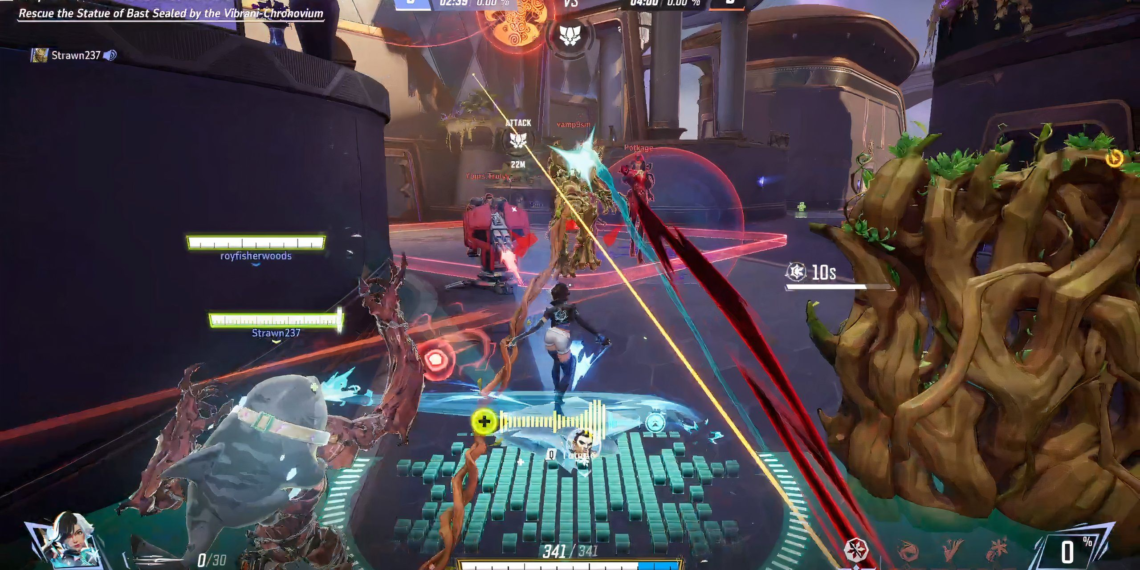Building a strong team composition is vital for securing victory in a match of Marvel Rivals. It’s not just about filling roles like two vanguards, two duelists, and two strategists. Success hinges on more nuanced factors that can significantly impact your chances of winning. Whether you’re a newcomer to hero shooters or simply new to Marvel Rivals, this guide covers everything essential for crafting a balanced team.
Understanding Team Composition
In Marvel Rivals, your team’s composition reflects its strengths and capabilities. Key considerations include:
- The number of heroes in each role
- The types of heroes you choose
- The overall playstyle of your team
To start, aim to include at least one hero from each role: vanguard, duelist, and strategist.
It’s important to note that there aren’t strict rules for how many heroes you should designate to each role, as Rivals has no rigid role queue.
Hero Types and Playstyle
Playing effectively requires an understanding of the different hero types and their associated playstyles. There are four primary hero types you should familiarize yourself with.
-
Poke: In a poke playstyle, heroes attack from afar to sap the enemy’s resources over time. Examples include Peni Parker, Hela, Punisher, and Luna Snow.
ADVERTISEMENT -
Dive: Dive heroes engage the enemy’s backline, catching opponents off guard. Notable dive heroes are Venom, Thor, Iron Fist, and Psylocke.
-
Brawl: Brawl heroes excel in close-quarter combat and use their strength to dominate in melee battles. The Hulk, Wolverine, and Mister Fantastic are great examples.
- Rush: Rush heroes aggressively push forward and aim to eliminate enemies quickly. Characters like Venom and Cloak & Dagger fit this style well.
Running a team that lacks strategists is typically a poor choice and can lead to a frustrating gameplay experience.
Balancing Your Team Composition
A common approach to team composition involves having two vanguards, two duelists, and two strategists. This setup often leads to a balanced team ready to face opponents. However, context matters significantly; not every enemy team will fit neatly into this archetype.
Ultimately, selecting heroes should revolve around the required roles and the intended playstyle of your team.
Examples of Hero Selection
Here are a few instances of hero selection based on playstyle and composition:
-
Poke Composition: If your team has two vanguards and two duelists but only one strategist, you should consider adding a poke-based strategist like Rocket Raccoon or Loki.
-
Dive Composition: If your team is focused on a dive strategy with only one vanguard, consider adding a second vanguard such as Thor or Peni Parker for better support.
-
Brawl Composition: Your team may have more than enough strategists, allowing you to choose a brawl-focused duelist like Wolverine to enhance damage output.
- Rush Composition: If all your heroes possess good mobility and you have a balanced team, you can enhance your rush strategy by adding a high-mobility strategist like Luna Snow.
While achieving balance is crucial, flexibility remains vital. Remember, avoid creating a team that fights against itself—like having a poke hero if most of your team favors melee.
Countering the Enemy Composition
Understanding how to counter your opponent’s team composition is essential. Different compositions can effectively neutralize one another:
- Poke can be countered by Dive
- Dive can be countered by Brawl/Rush
- Brawl/Rush can be countered by Poke
Keep in mind that these are general guidelines; effective counters depend on engaging in the appropriate playstyle to fully leverage your team’s strengths. If you’re utilizing a brawl or rush approach, you’ll still need to confront divers in your backline directly.
With this knowledge, you’ll be well-prepared to enhance your gameplay and improve your chances of victory in Marvel Rivals!






